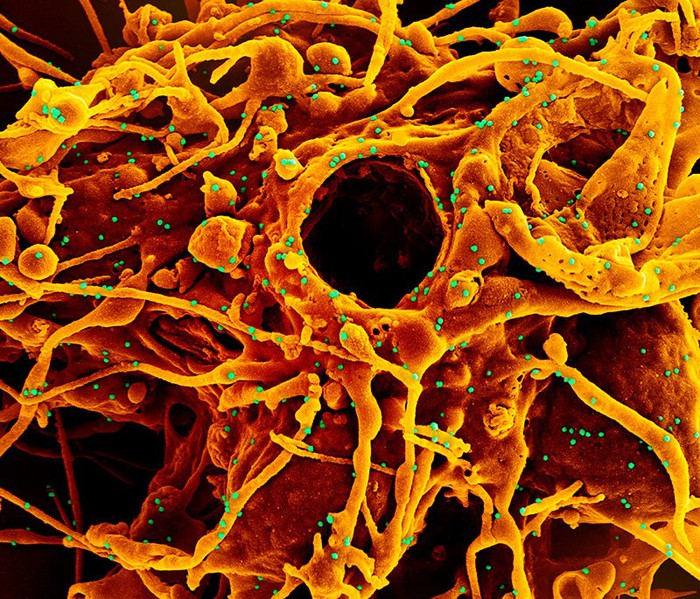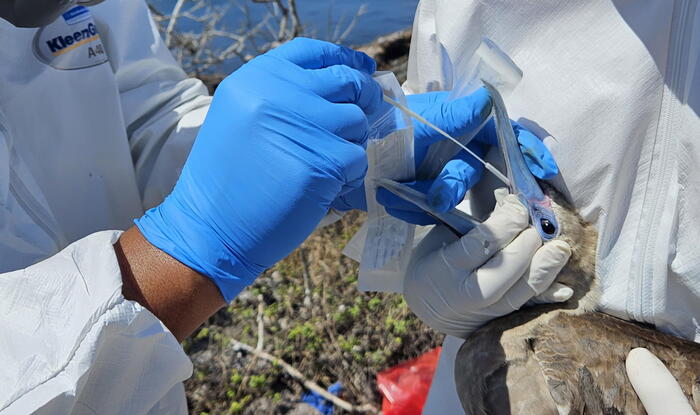The species jump of the Sars-Cov-2 virus from animals to humans could have occurred on two independent occasions: this is the hypothesis of the research group coordinated by the University of California at San Diego and online on the virological.org website , which welcomes articles awaiting review by the scientific community. If confirmed, the study would make the hypothesis that the virus escaped from a laboratory less and less likely.
The new work that tries to give an answer to the origins of the pandemic virus stems from the reanalysis of 1,716 genomes of the virus published on the Gisaid online archive and collected between the end of 2019 and February 28, 2020. In the archives it is possible to observe the presence, since first weeks after the discovery of the virus, of two distinct variants, known as A and B, which have a number of distinct genetic differences.
It is crucial to understand if the two viral diseases were one evolution of the other, i.e. if mutations were produced from A that gave rise to line B (in this case the virus would have had a unique origin), or if the two lines had separate origins, the result of two distinct species jumps. The new study published for now on the popular virological.org debate site among virologists and which often also collects studies not yet reviewed by the commissions appointed by peer-reviewed scientific journals, would suggest the second hypothesis.
A discovery that could be, as commented by virologist Robert Garry, of Tulane University in New Orleans, "a stab in the heart" to the hypothesis that the virus may have actually escaped from some research laboratory.
The crux of the story revolves around a series of genomes hitherto considered 'intermediate' between lines A and B but, according to the American researchers, these sequences would have been affected by a series of errors, defined as 'not unusual', due to the software that at times they try to fill some gaps in the genetic codes analyzed.
Reading and / or transcription errors that can occur in any circumstance and, the researchers underline, even more so at the beginning of the pandemic when precise protocols had not yet been defined and an attempt was made to obtain as much data as possible in a short time.
Obviously, the entire work distributed online will now have to be analyzed in detail by the scientific community. but if the study were to be considered valid, it would have an important new step in trying to understand how the pandemic began.
One of the next steps, the researchers explain, will be to develop a series of computer simulations to test how a multiple spillover could match the diversity of Sars-Cov-2 genomes identified so far.







/cloudfront-eu-central-1.images.arcpublishing.com/prisa/LRSWMXRGLREYHO2C6YULM5WE5M.jpg)